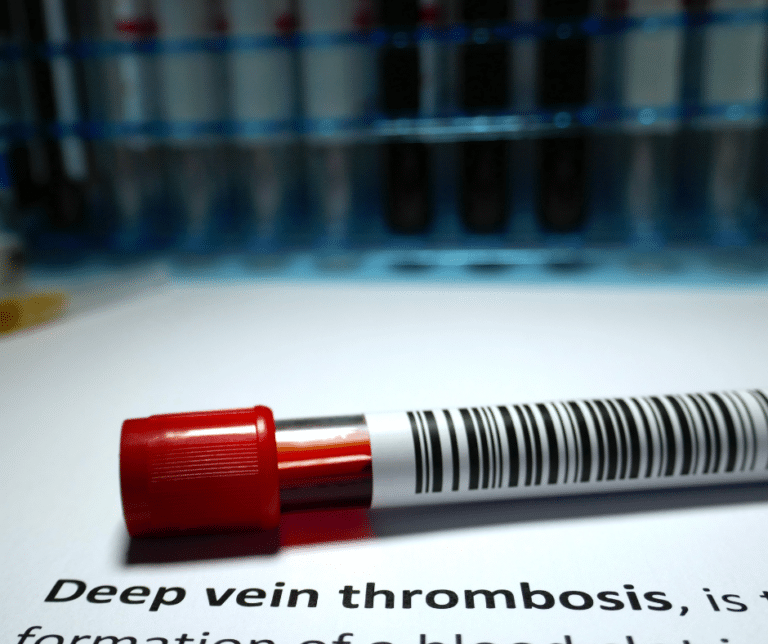March is Deep Vein Thrombosis or DVT Month and now is a great time for seniors and their families to learn more about DVT and what the symptoms of DVT are. Deep vein thrombosis occurs when blood clots form in large blood vessels.
Typically, these types of blood clots form in the legs, but they can occur anywhere in the body. If these blood clots break free they can cause strokes or pulmonary embolisms which can be fatal. Even if they are not fatal they can cause a lot of serious damage to the body.
Seniors have a higher risk of DVT because they tend to be sedentary, have poor circulation, and may be taking medications that make blood clots more likely to form. One of the reasons why it’s so important for seniors to be active is that staying active can reduce the risk of blood clots and DVT. Home care can help seniors be more active by encouraging them to get up and move throughout the day. Home care can also help seniors watch out for the symptoms of DVT which include:
Swelling
The most common symptom of DVT is sudden and extreme swelling, usually in just one leg. The swelling is often accompanied by a feeling of heaviness or tightness in the leg. The swelling associated with DVT is different from edema, which is caused by fluid building up in the feet or calves. Any swelling that comes on fast or is accompanied by pain should be checked out by a doctor immediately.
Pain or Tenderness
Seniors with DVT may experience pain or tenderness in the affected leg. The pain can range from mild to severe and may worsen when standing or walking. The discomfort is often described as cramping or soreness in the calf. Elevating the leg often will reduce the swelling and the pain. Wearing compression stockings can also help.
Warmth and Redness
The skin over the affected area may feel warm to the touch and appear redder than usual. These signs are indicative of inflammation caused by the clot. If seniors have sudden redness and warmth at a particular spot in a leg they should get emergency help right away. Don’t wait.
Visible Veins
Seniors may notice enlarged or engorged veins near the surface of the skin, especially in the affected leg. These veins may be more apparent due to the increased pressure caused by the clot. This usually happens quickly and is different from varicose veins and spider veins which happen over time.
Fatigue or Weakness
DVT can lead to a feeling of overall fatigue or weakness, which may be attributed to the body’s response to the clot. Seniors may find themselves easily fatigued even with minimal physical activity.
Shortness of Breath
In severe cases, a blood clot from the leg may travel to the lungs, causing a condition known as pulmonary embolism. Seniors experiencing sudden shortness of breath, chest pain, or rapid heart rate should seek immediate medical attention as these symptoms may indicate a life-threatening complication.
Changes in Skin Color
The skin over the affected leg may develop a bluish or pale tint, particularly if the blood flow is significantly compromised. If your senior parent has a noticeable change in skin color get them emergency medical help immediately.
Unexplained Cough or Chest Pain
As mentioned earlier, if a clot travels to the lungs, it can cause pulmonary embolism. Seniors may experience a persistent cough or chest pain, and in some cases, coughing up blood. Any respiratory symptoms should be treated as a medical emergency.
If you or an aging loved one is considering Home Care in Upland, CA, please contact the caring staff at Calvary Senior Care today at (866) 710-8767
- Symptoms of Deep Vein Thrombosis Seniors Should Watch Out For - February 21, 2024
- Tips to Help Seniors Manage Incontinence - February 5, 2024
- Helping Seniors Manage Agoraphobia - January 22, 2024


